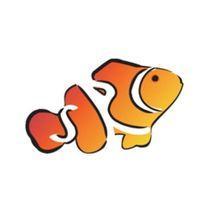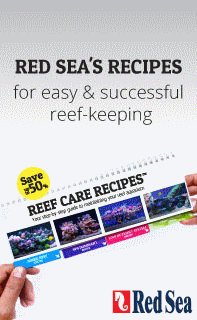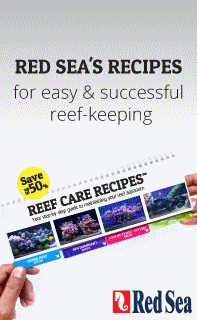[DISCUSSION] Top 10 common mistakes newbies make when starting up a marine tank.
-
Similar Content
-
Topics
-
Latest Update
-
1
-
0
-
3
-
1
-
1
Wts cardinal fish
Three Big size cardinal fish around 3" with me 9 months super healthy $12 collect today before 2pm deal today only
-






Recommended Posts
Join the conversation
You can post now and register later. If you have an account, sign in now to post with your account.